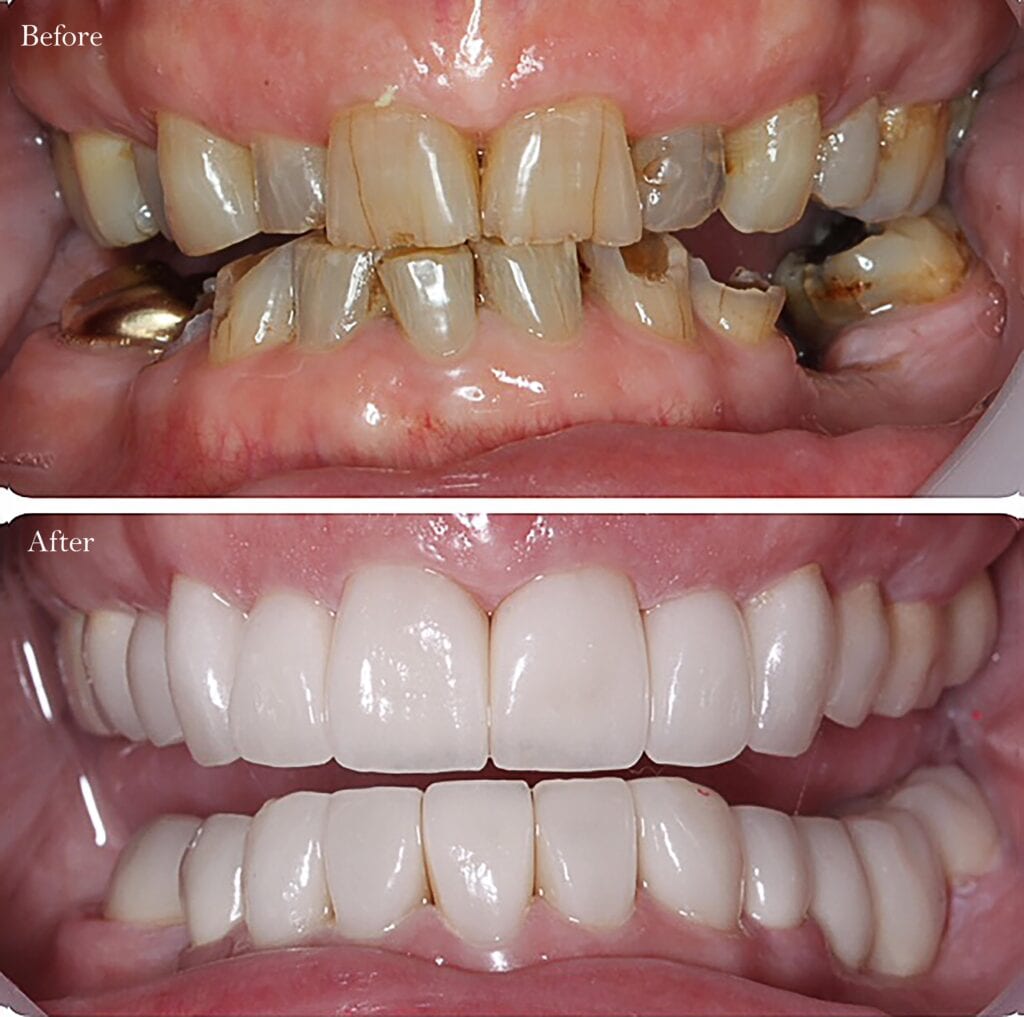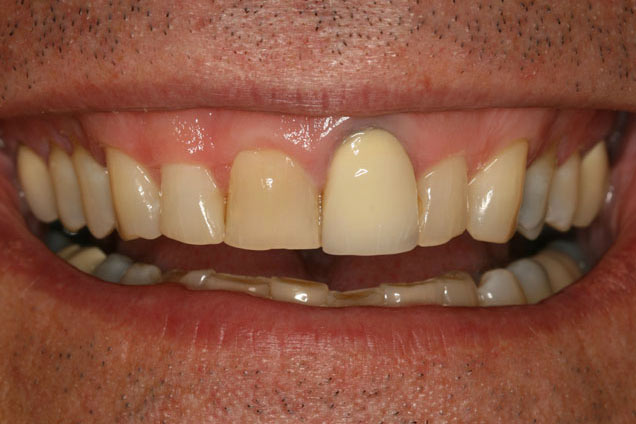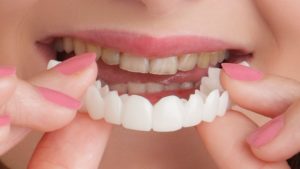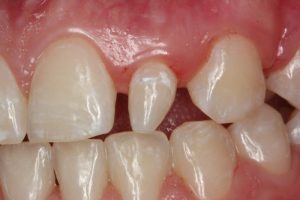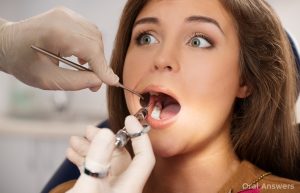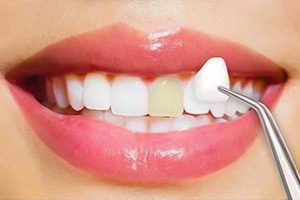I had a cerec crown put in and, on the follow-up, visit my dentist accidentally damaged it. He said that wouldn’t be a problem because he saved everything on the computer and could just make another one and gave me a temp crown. The problem is the new crown feels gritty. I think I remember my first cerec crown being really smooth like glass. I was happy about that because it reminded me of my regular tooth. Do you think my dentist is pulling a fast one on me and not putting a new cerec crown in and just putting some other kind that isn’t as smooth?
Jeremy V. from El Dorado, AR
Jeremy,
Possible Reasons for Rough Texture:
If you are wondering why does my crown feel rough? Stay calm, there could be a lot of reasons for that. Sometimes, a temporary crown feels rough. No matter what type of crown your dentist puts in, it should be smooth and natural feeling. If the crown feels rough, it is possible your dentist took off some of the glaze when he made his adjustments.
Maybe he tried to repair the crown he damaged, in the process removing some of the glaze, instead of making a new CEREC crown.
If you have reason to doubt his ethics, I would get a second opinion about your crown but don’t tell the second dentist who your dentist is or the dental history of it. Simply ask him what he thinks the crown is made of. This way the dentist won’t be tempted to tell you what he thinks you want to hear. Nor, will he know which dentist you went to and feel some loyalty to a peer with whom he is on friendly terms. Rough edges on temporary crown are a common problem for many people today. However, a qualified dentist can help resolve the issue more efficiently.
If you don’t doubt his ethics, then I would simply point out that the glaze was damaged somehow and have him re-polish it. That is a simple procedure.
How to Polish Porcelain Crowns at Home?
Polishing porcelain crowns at home requires caution, as improper methods can damage the crown’s surface. It’s generally recommended to consult with your dentist before attempting any polishing at home.
However, if you have received guidance from your dentist and are confident in proceeding, here are some general steps to consider:
Materials You May Need:
- Mild Toothpaste:
Choose a non-abrasive toothpaste without harsh chemicals or abrasives.
- Soft Toothbrush:
Opt for a soft-bristled toothbrush to avoid scratching the porcelain surface.
- Warm Water:
Use lukewarm water to moisten the toothbrush and aid in the cleaning process.
- Microfiber or Soft Cloth:
A soft, lint-free cloth or microfiber cloth can be used for gentle drying and buffing.
Important Considerations:
Some important things to consider before are:
- Avoid Abrasive Materials: Do not use abrasive substances, such as baking soda or household cleaners, as they can scratch the porcelain surface.
- Limit Frequency: Only polish the crown when necessary, and avoid frequent polishing to prevent unnecessary wear.
- Professional Polishing: For more extensive polishing or if you are unsure about the process, consult your dentist. They have the expertise and tools to perform professional polishing without risking damage.
Remember, while gentle at-home polishing may be suitable for minor issues, it’s crucial to follow your dentist’s recommendations and seek professional assistance for any significant concerns or complicated procedures.
